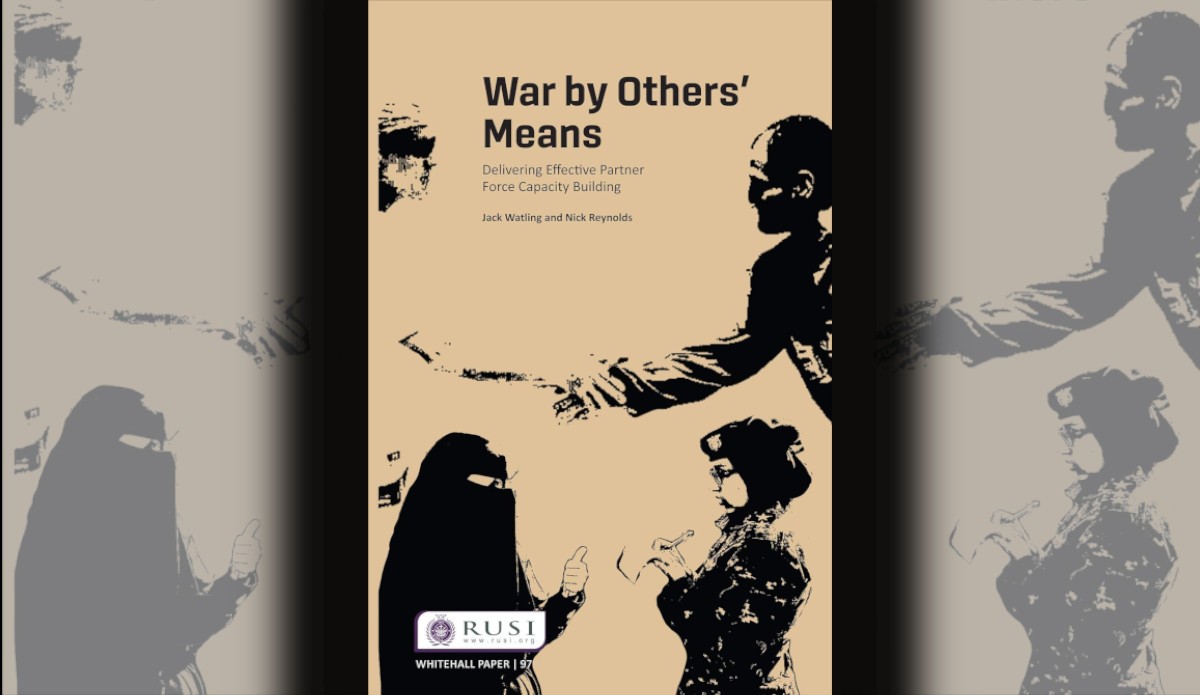Force Design (Spotlight Brief 3/21)
The content in this article is an extract of Spotlight Brief 3/21.
From transformation to adaptation: analysing the Spanish military change (2004–2020)
Defence Studies – Nov 20
It is often easier to see positives and negatives from outside a changing environment as opposed to while living it. The Spanish military offers such an example for Australia, having pursued similar modernisation and transformation. While the drivers were different, the push to a modern, networked hardened Army in the 2000s and 2010s as a vital member of the Joint Force typifies our development actions. As does the raising of the Joint Concept Development Centre for future focused concepts and a capability based approach to modernisation. It is noteworthy Spain’s modernisation, while successful, is assessed as having stalled in trying to develop long-term, efficient and sustainable capabilities. A variety of reasons account for this outcome. There is a real concern that their follow on efforts may only serve to replace existing capabilities at the expense of developing future ones. The article sees an increasing growing risk that the gap between affordability and need is growing.
Related:
‘Pedro Sánchez presents defence budgets that he knows his partners in the legislature will cut’, Atalayar, 05 Nov 20
‘A New Debt Burden for Spain’s Defence Planning’, RUSI Journal, 16 Dec 19
‘Long-Term Doctrine Objective (ODLP) 2035’, Centre for Advanced National Defence Studies, 11 Jul 19
‘Transforming the Spanish military’, Defence Studies, 24 Feb 16
Measuring Readiness and Sustainment Within Analysis of Alternatives in Military Systems Acquisition
Military Operations Research – Nov 20
Understanding the true cost of sustainment costs has been a perennial Achilles heel of Defence procurement. FSP 20 saw the first use of a multi-variate, common assessment. While useful from a budgetary aspect, opportunity exists for further work to model accurately the readiness of various capabilities – especially before Initial Operating Capability. Boaz Golan and Moshe Kress, building on previous models, provide a new, non-parametric model that has the ability to consider the readiness and sustainment of different capability options. Critically, the seven variables the model uses are already being measured or modelled. The model allows for unique or different solutions to needs, meaning that Project Managers would have the ability to look wider at various solutions.
Related:
‘To Better Equip Warfighters, Sustainment Must Be Built In’, Department of Defense, 02 Apr 21
‘Redefine readiness or lose’, War on the Rocks, 15 Mar 21
‘Physics-based simulation can improve force readiness’, Defense News, 08 Mar 21
‘How AI can save money, spare lives and reduce downtime’, GCN, 17 Feb 21
‘The Wrong Way to Gauge Readiness’, Defense One, 11 Jan 21
Top 10 Research Priorities for U.S. Military Enroute Combat Casualty Care
Military Medicine – Mar/Apr 21
The best-known force design plans for tend to relate to the major combat platforms. Detailed and large-scale assessments of current and possible future conflicts contribute to building these decisions. For logistic elements, this attention is sometimes less – and for medical elements even more so, thanks in large part to their small size and niche position within the Army. To this end, seizing on what trusted allies believe are future trends can provide a shortcut to analysis as to what the battlefield medical support of the future land force may look like. This US Joint article provides a recommended ‘Top 10’ list of priorities for casualty care.
Related:
‘Virtual Reality Changing Scope, Future of Medical Training’, US Army Medical Research and Development Command, 22 Apr 21
‘Personalized medicine is the future of health care for troops, advocates say’, Military Times, 30 Mar 21
‘The Future Of Healthcare Design – Outside The Point Of Care’, The Medical Futurist, 18 Mar 21
‘Nurse-led research aims to improve battlefield medicine’, Health.mil, 21 Dec 20
‘Five trends shaping health care’s data-driven future’, Ernst and Young, 03 Dec 20
The views expressed in this article and subsequent comments are those of the author(s) and do not necessarily reflect the official policy or position of the Australian Army, the Department of Defence or the Australian Government.
Using the Contribute page you can either submit an article in response to this or register/login to make comments.



